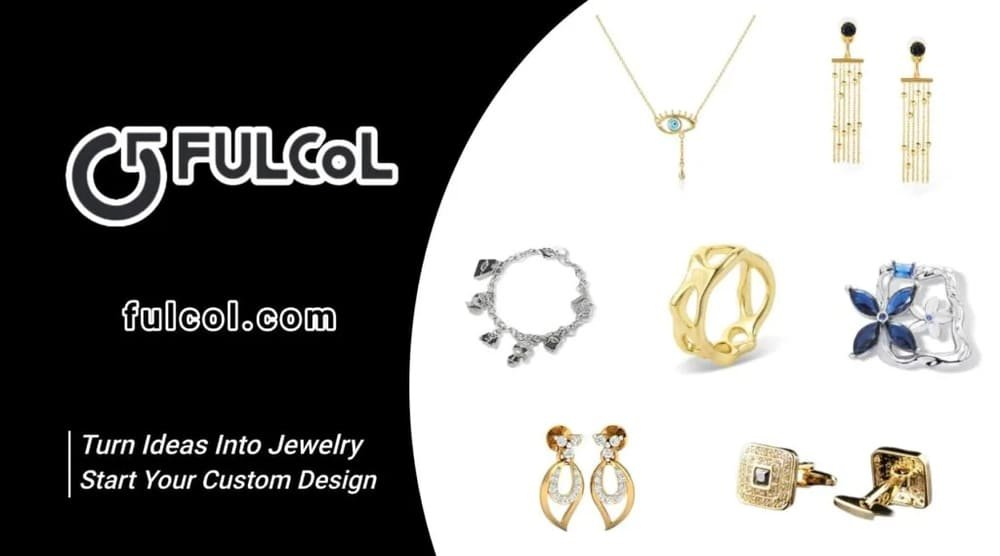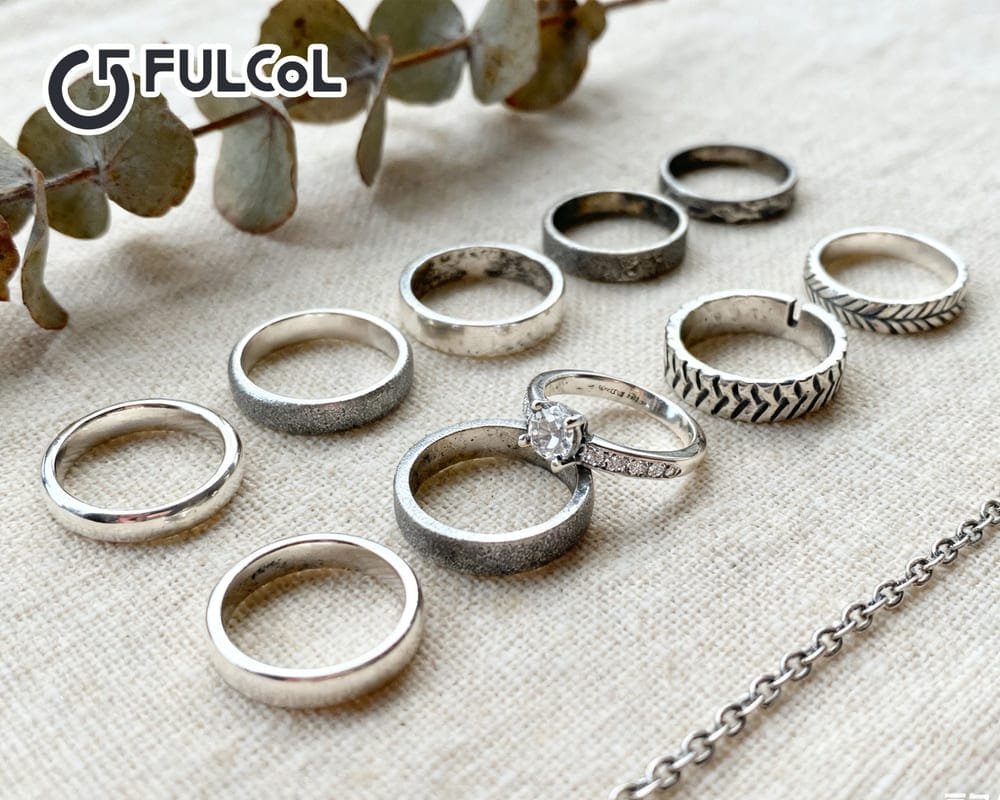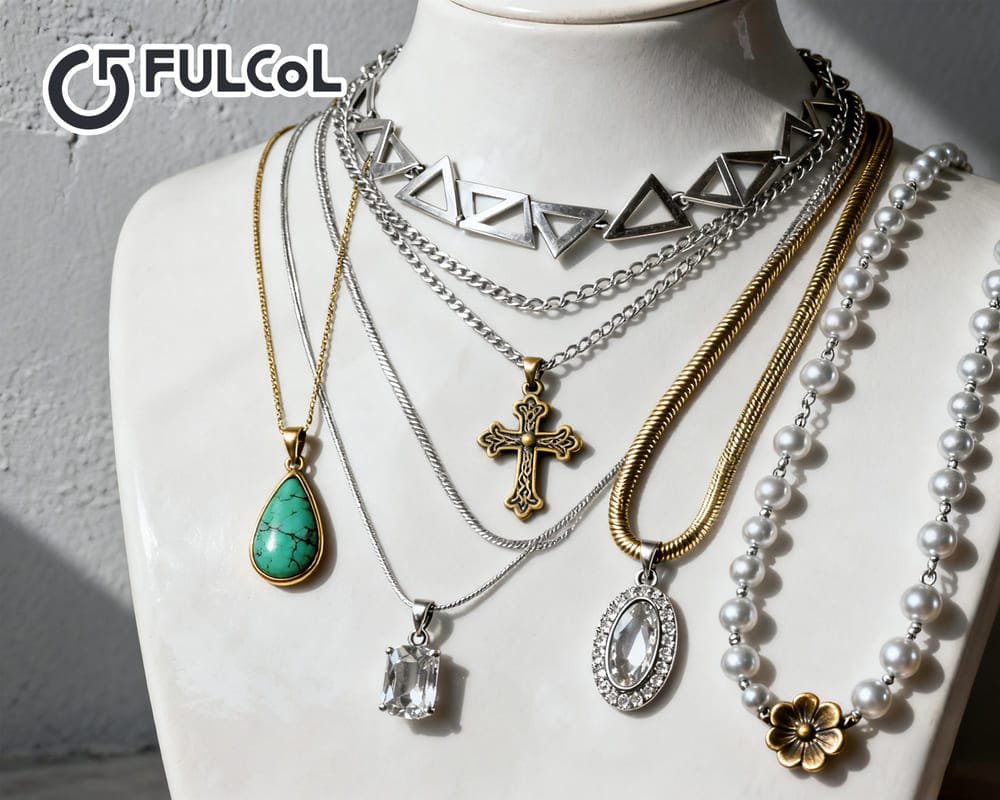Table of contents
Material Properties of Brass and Welding Fundamentals
Brass, as a copper-zinc alloy, possesses unique chemical and physical properties, making it a preferred material for jewelry designers and manufacturers. Typically, brass contains approximately 60–70% copper and 30–40% zinc, with occasional small amounts of tin or lead to enhance machinability. Its moderate hardness, excellent ductility, and corrosion resistance give jewelry its distinctive golden luster, but these same properties pose certain challenges during welding.
Common issues in brass jewelry welding include:
- Deformation: Brass softens at high temperatures, so if the welding temperature or duration is not properly controlled, the overall or partial shape of the jewelry can warp.
- Oxidation: Exposure to high temperatures causes surface oxidation, which can affect weld quality and darken the weld points.
- Weld marks: Improper welding techniques may leave visible seams or heat marks, impacting the piece’s aesthetics.
Therefore, understanding brass material properties is essential. Selecting the appropriate welding method and adjusting parameters based on the copper-zinc ratio and jewelry thickness are crucial to ensure a solid structure and smooth finish.
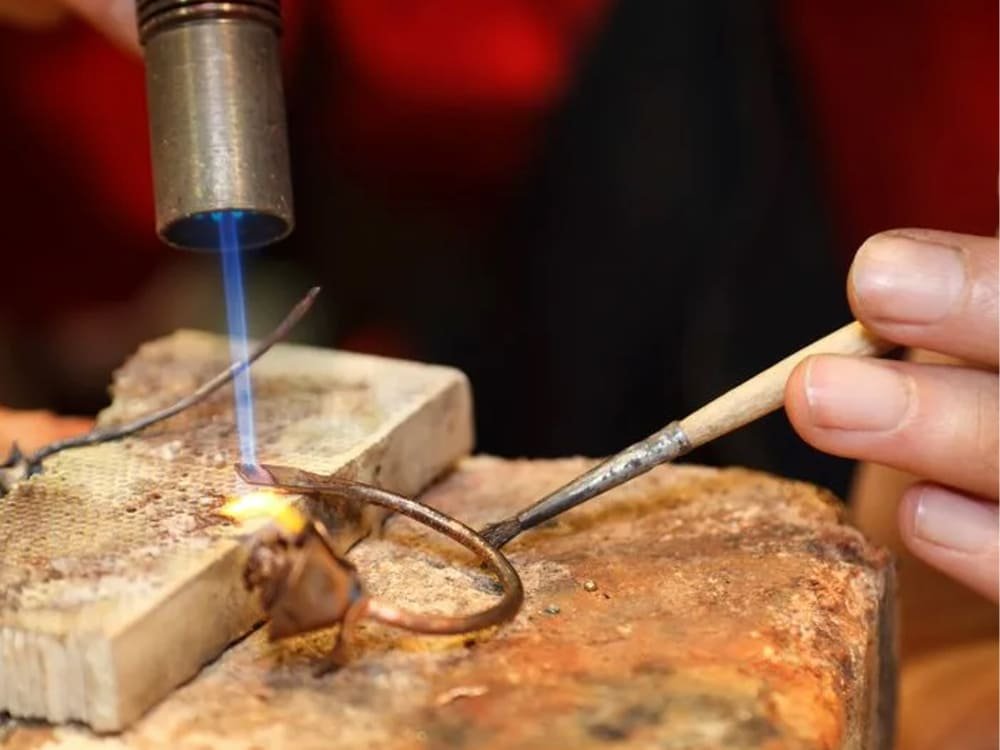
Common Welding Techniques and Professional Tools
The main welding techniques for brass jewelry include laser welding, micro electric welding, and flame welding, each with unique characteristics and applications:
- Laser welding: Offers high precision and minimal heat-affected zones, ideal for complex structures or tiny jewelry pieces. Laser welders can perform point or seam welding, preserving intricate details. Recommended equipment includes IPG laser systems or precision jewelry laser welders.
- Micro electric welding: Suitable for rings, earrings, and other small to medium-sized pieces. Low electric current generates localized heat to achieve welding. Operators must carefully control current and duration to avoid burning through thin brass sheets.
- Flame welding: Traditional method, suitable for larger or thicker pieces. Adjustable gas flames allow localized heating, but manual skill is critical.
Recommended tools:
- High-precision welding clamps and support tables to secure jewelry during welding
- Heat-resistant tweezers and gloves for operator safety
- Precision temperature-controlled soldering stations or hot plates to prevent overheating
Safety precautions are essential. Operators should wear protective glasses and masks and work in well-ventilated areas to avoid inhaling harmful fumes.
Welding Steps and Practical Tips
Achieving successful brass welding requires not only equipment but also strict adherence to workflow and practical skills:
Preparation Before Welding
- Surface cleaning: Remove grease, dirt, and oxidation using acetic acid, fine sandpaper, or ultrasonic cleaning.
- Positioning and securing: Use clamps or welding fixtures to prevent movement during welding.
- Preheating: For thicker pieces, preheating reduces thermal shock and deformation risk.
Welding Procedure
- Filler selection: Choose compatible solder or welding paste according to brass composition to maintain color consistency.
- Welding sequence: Start with small areas and progressively weld larger sections to prevent overheating.
- Temperature and timing control: Especially critical for tiny pieces; laser power and pulse frequency must be carefully regulated.
Post-Weld Treatment
- Cooling: Allow natural cooling or use lukewarm water to avoid cracks from sudden temperature changes.
- Surface grinding: Remove excess solder and level the weld point.
- Polishing: Use polishing wheels or compounds to blend welds seamlessly with the surface.
Practical experience shows that even skilled welders must adjust parameters according to piece size and complexity. Recording parameters and continuous practice can improve efficiency while maintaining quality.
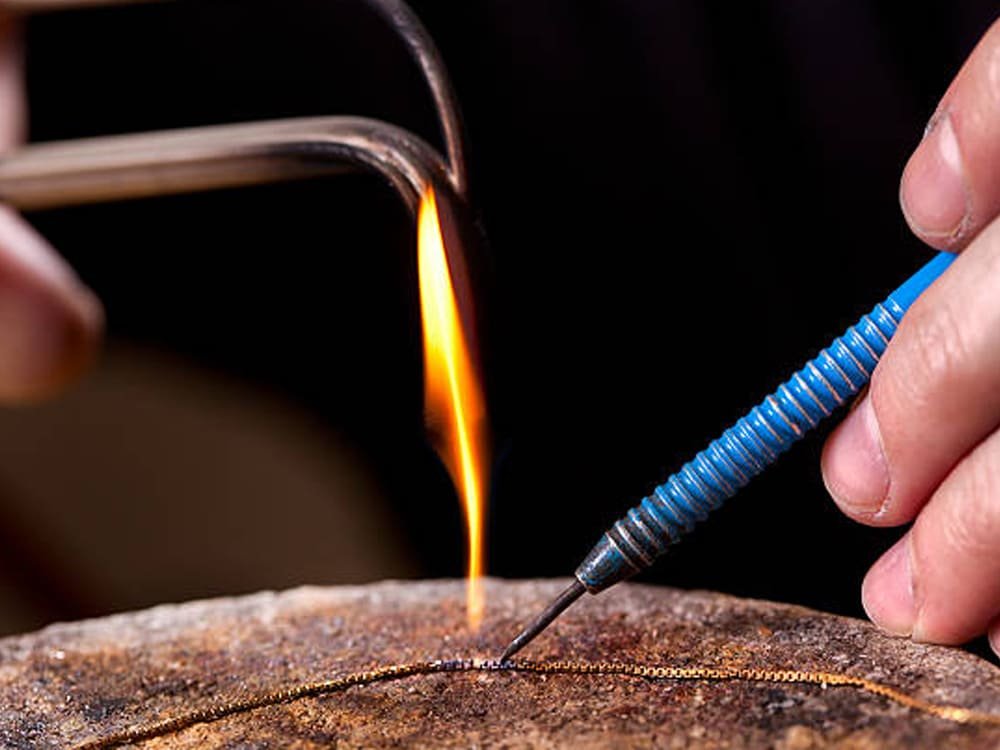
Fulcol – Advantages of a Professional Brass Jewelry Manufacturer
In brass jewelry production, choosing a reliable Custom Brass Jewelry Manufacturer is key to ensuring quality and efficiency. Fulcol, as a leading brass jewelry manufacturer, leverages extensive experience and advanced technology to provide high-quality custom services.
Key advantages of Fulcol:
- Extensive experience: Years of specialization in custom brass jewelry, handling complex designs and intricate welding challenges.
- Custom capabilities: Efficiently supports both small-batch unique designs and large-scale production.
- Advanced equipment and craftsmanship: Equipped with precision laser welders, micro electric welders, and automated polishing lines to achieve fine welding and consistent surface finishing.
- Strict quality control: Raw materials are fully traceable; production is closely monitored, and finished products undergo ISO-certified inspections for durability and aesthetics.
- Customer trust: As a professional Custom Brass Jewelry Manufacturer, Fulcol provides not only production support but also expert guidance on design optimization, welding techniques, and post-processing.
Partnering with Fulcol ensures that clients receive high-quality jewelry while enjoying efficient customization and reduced risk of welding defects.
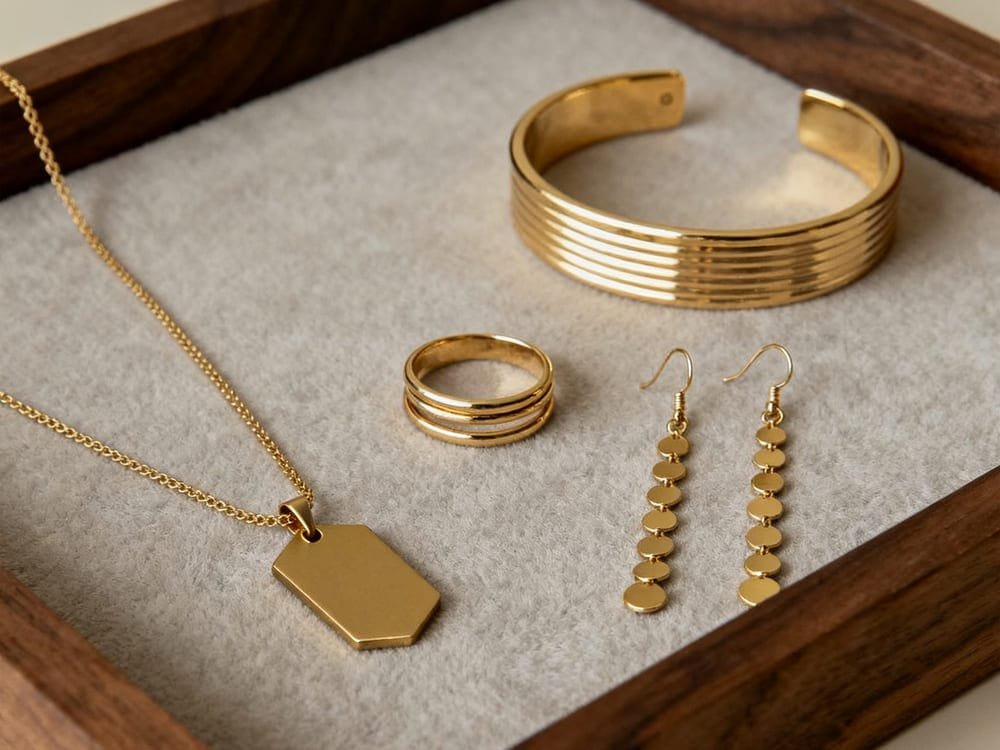
Fulcol’s Manufacturing Process and Collaboration Experience
Fulcol follows a meticulous manufacturing process that reflects the expertise of a top brass jewelry manufacturer:
Design Communication
- Clients provide design sketches or concepts; Fulcol engineers assess feasibility and offer optimization suggestions.
- Professional recommendations are given for weld points, thickness, and joint structure to ensure both durability and aesthetics.
Sample Production
- Initial prototypes are created using precision welding and polishing to verify weld strength and appearance.
- Samples are reviewed with clients to confirm weld positions, surface finishing, and overall shape.
Batch Production
- Approved samples move to batch production, following strict welding and processing standards.
- Skilled welders use a combination of laser and micro electric welding techniques to ensure structural strength and visual appeal.
- Online quality checks detect defective welds or surface flaws in real time.
Post-Processing and Delivery
- Each piece undergoes polishing, plating, or protective coating for durability and shine.
- Careful packaging and logistics ensure the jewelry reaches clients safely.
This structured workflow ensures not only the quality of welding but also faster turnaround and higher client satisfaction. Experience demonstrates that clear communication with professional brass jewelry manufacturers regarding design and welding techniques is essential for success.
| Start Your Custom Order | Email: info@fulcol.com | Number: +86 13055603907 |
Brass jewelry welding is essential for both durability and aesthetics. Understanding material properties, selecting the right welding techniques, and performing precise operations ensure high-quality results. Partnering with an experienced Custom Brass Jewelry Manufacturer like Fulcol guarantees professional support, consistent quality, and efficient customization. By combining proper welding practices with collaboration with expert brass jewelry manufacturers, you can create beautiful, long-lasting brass jewelry that meets both design and market expectations.
